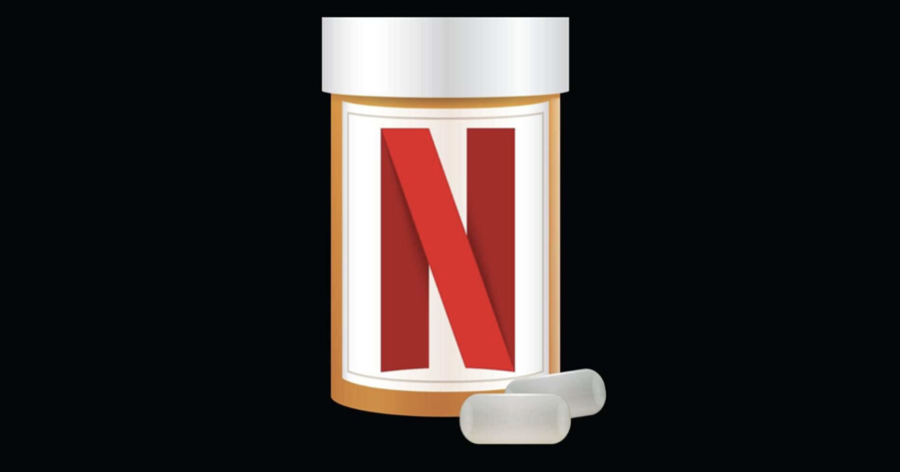Netflix model for antibiotic subscriptions
14 June 2024 London School of Hygiene & Tropical Medicine London School of Hygiene & Tropical Medicine https://lshtm.ac.uk/themes/custom/lshtm/images/lshtm-logo-black.png
The World Health Organization reports there are more than 4.95 million deaths per year globally associated with antimicrobial resistance (AMR) (1). Without action, this number is expected to rise to 10 million deaths in 2050. As such, AMR, and specifically, antibiotic resistance (ABR), poses a major challenge for health systems globally. Although the threat of ABR is clear, the pool of available and effective antibiotics to combat new cases of ABR is diminishing. It is imperative to understand the economic market factors which drive the inefficiencies in addressing this issue as well as the policy options that are being considered; one important mechanism being the Netflix subscription model.
The lack of antibiotic innovation is linked to market failures from both the supply and demand side. On the supply side, it is particularly difficult and expensive to bring a new antibiotic to market as many researchers fear a large portion of antibiotics have already been discovered. Pharmaceutical companies are not adequately incentivized to invest in the high research and development (R&D) costs necessary to bring a novel and effective antibiotic to market. On the demand side, if a new antibiotic were to come to market, governments/health insurance bodies would limit its access to prevent further ABR prevalence because of the nature of antibiotics which become less efficacious over time. As such, the supply and demand side failures have led many pharmaceutical companies to have little economic incentive to take on the financial risk associated with bringing a new product to market if that new product is not able to bring in volume-based sales necessary to re-coup sunk R&D costs.
Because innovation is under-rewarded relative to the social value/necessity of antibiotics, policymakers alongside the National Health Service (NHS) in England are piloting the use of a “Netflix” subscription model as a mechanism to adequately incentivize antibiotic innovation within two pharmaceutical companies, Pfizer and Shionogi. Within a Netflix subscription model, a payer, usually the government, provides a lump-sum payment to a pharmaceutical company in exchange for unlimited access to a product. The pharmaceutical company will be more willing to take on the commercial risk associated with bringing a novel therapy to market because they now have a steady revenue stream and a predictable budget impact.
The use of a Netflix subscription model has been successful in other disease areas. For example, in 2016, the Australian government struck a five-year Netflix subscription deal with a group of pharmaceutical companies for Sofosbuvir, a novel and expensive Hepatitis-C drug. The unlimited access has been associated with significant health benefits and cost-saving from the Australian government’s perspective of about 5 billion USD compared to traditional procurement methods. Thus, the Netflix subscription model not only led to a predictable government budget while increasing patient access to a novel therapy, but it reduced a pharmaceutical company’s commercial risk by making their budget impact of investing in a novel therapy more predictable. The benefit from the Netflix subscription model to increase ABR innovation is yet to be assessed as the Netflix subscription pilot for ABR was introduced in 2023 and is part of a five-year plan to tackle AMR . All things considered, it provides a promising solution to a dire situation.
References:
1. WHO. (2023, November 21). Antimicrobial resistance. https://www.who.int/news-room/fact-sheets/detail/antimicrobial-resistance
2. McDonnell, A., Dissanayake, R., Klemperer, K., Toxvaerd, F., & Sharland, M. (2024). The Economics of Antibiotic Resistance. Center for Global Development. https://www.cgdev.org/publication/economics-antibiotic-resistance
3. Giubilini, A. (2019). Antibiotic resistance as a tragedy of the commons: An ethical argument for a tax on antibiotic use in humans. Bioethics, 33(7), 776–784. https://doi.org/10.1111/bioe.12598
4. Brown, E. D., & Wright, G. D. (2016). Antibacterial drug discovery in the resistance era. Nature, 529(7586), 336–343.https://doi.org/10.1038/nature17042
5. Giacomini, E., Perrone, V., Alessandrini, D., Paoli, D., Nappi, C., & Degli Esposti, L. (2021). Evidence of Antibiotic Resistance from Population-Based Studies: A Narrative Review. Infection and Drug Resistance, 14, 849–858.https://doi.org/10.2147/IDR.S289741
6. Barrie, R. (2023, July 12). NHS doubles down on Netflix-style antibiotic subscription model -. Pharmaceutical Technology. https://www.pharmaceutical-technology.com/news/nhs-doubles-down-on-netflix-style-antibiotic-subscription-model/
7. Scott, D. N., Palmer, M. A., Tidhar, M. T., Stoove, P. M., Sacks-Davis, D. R. S., Doyle, A. J. S., Pedrana, D. A. J., Thompson, P. A., Wilson, P. D. P., & Hellard, P. M. (2021). Assessment of the cost-effectiveness of Australia’s risk-sharing agreement for direct-acting antiviral treatments for hepatitis C: A modelling study. The Lancet Regional Health: Western Pacific, 18, 100316. https://doi.org/10.1016/j.lanwpc.2021.100316
8. Moon, S., & Erickson, E. (2019). Universal Medicine Access through Lump-Sum Remuneration—Australia’s Approach to Hepatitis C. New England Journal of Medicine, 380(7), 607–610. https://doi.org/10.1056/NEJMp1813728
LSHTM's short courses provide opportunities to study specialised topics across a broad range of public and global health fields. From AMR to vaccines, travel medicine to clinical trials, and modelling to malaria, refresh your skills and join one of our short courses today.